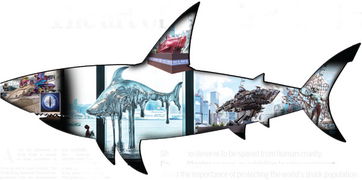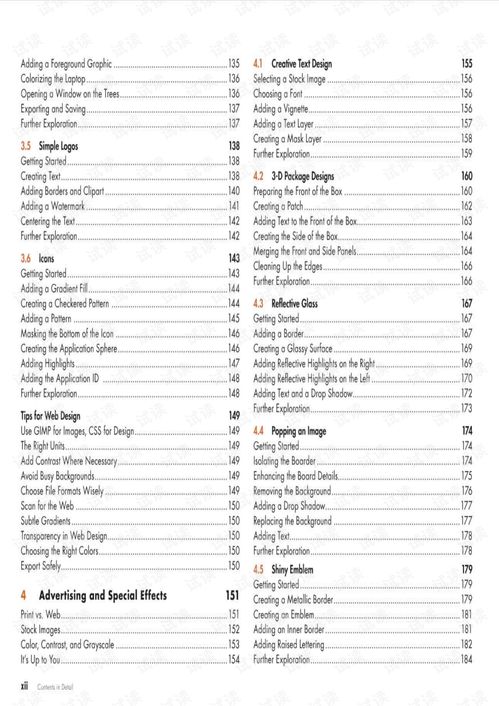Introduction: Fishing is a popular outdoor activity that requires patience, skill, and a good understanding of the fish you are targeting. One crucial aspect of fishing is learning how to properly hang fish food. In this article, we will provide you with expert tips on how to hang fish food effectively, helping you improve your fishing skills and increase your chances of catching more fish.
Choosing the Right Fish Food: Before learning how to hang fish food, it is important to select the right type of bait that suits your target fish species. Here are some popular fish food options:
a. Live Bait: Live bait, such as worms, minnows, or crickets, is a natural and effective choice for attracting fish. However, it requires careful handling to ensure the bait stays alive and healthy.
b. Artificial Lures: Artificial lures, like spinnerbaits, jigs, or flies, can be an excellent alternative to live bait. These lures mimic the movement of natural prey and can be more convenient to use.
c. Dead Bait: Dead bait, such as cut bait or dead minnows, can be used to attract fish that feed on decaying organisms. This type of bait is suitable for bottom-feeding fish like catfish or carp.
Properly Handling Fish Food: When handling fish food, it is essential to minimize stress and injury to the bait. Here are some tips for proper bait handling:
a. Use a Soft Touch: When picking up bait, use a soft touch to avoid damaging it. Avoid squeezing or squeezing the bait too tightly, as this can cause it to lose its scent and flavor.
b. Keep it Cold: If you are using live bait, keep it cold and well-hydrated. Use a bait bucket or a cooler with ice to maintain the bait's freshness.
c. Avoid Overloading: Do not overstuff your hook with bait. Too much bait can make it difficult for the fish to take the entire offering. Additionally, it may alter the natural movement of the bait.
How to Hang Fish Food: Now that you have the right type of bait and have handled it properly, let's discuss how to hang fish food effectively:
a. Hook Size and Shape: Choose a hook that is appropriate for the size of your bait and the type of fish you are targeting. A smaller hook is ideal for delicate live bait, while a larger hook may be necessary for tough dead bait.

b. Positioning the Bait: Place the bait on the hook in a natural position that mimics the movement of the fish's natural prey. For live bait, position the bait so that it looks lifelike and can move naturally in the water.
c. Securely Attaching the Bait: Once the bait is in place, ensure it is securely attached to the hook. If the bait is not secure, it may come off during the fishing process, reducing your chances of catching fish.
d. Adjusting the Bait: Periodically check the bait to ensure it is still in place and in good condition. Adjust the bait if necessary, especially if it is starting to move erratically or is losing its natural appearance.
Tips for Effective Fishing: To increase your chances of success while fishing, consider the following tips:
a. Study the Habitat: Familiarize yourself with the area where you will be fishing. Understand the water's depth, structure, and fish behavior in that particular environment.
b. Use the Right Gear: Invest in quality fishing gear, such as rods, reels, and line, that suit your fishing style and target species.
c. Be Patient: Fishing requires patience, as fish may not bite immediately. Be prepared to wait for the right moment and stay focused on your technique.
Conclusion: Mastering the art of angling involves various skills, and learning how to hang fish food is one of them. By selecting the right fish food, properly handling the bait, and following the expert tips provided in this article, you will improve your fishing skills and increase your chances of catching more fish. Happy fishing!












